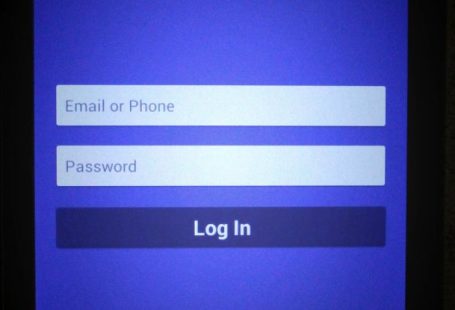In today’s fast-paced digital world, web performance is crucial for any website looking to provide a seamless user experience. One key aspect of optimizing web performance is ensuring that images are optimized for faster loading times. Images play a significant role in attracting and engaging users, but if not properly optimized, they can slow down your site and lead to increased bounce rates. In this article, we will explore the importance of optimizing images for faster web performance and provide practical tips on how to achieve this.
Understanding the Impact of Image Optimization
Images are an integral part of web design and content, but they can also be one of the main culprits behind slow-loading websites. Large, unoptimized images can significantly increase the time it takes for a webpage to load, leading to a poor user experience. Studies have shown that users are more likely to abandon a site if it takes longer than three seconds to load, highlighting the importance of optimizing images for faster web performance.
Choosing the Right Image Format
When it comes to optimizing images for the web, choosing the right file format is crucial. The most common image formats used on websites are JPEG, PNG, and GIF. Each format has its own strengths and weaknesses, so it’s essential to select the one that best suits your needs.
JPEG is the preferred format for photographs and images with complex colors, as it offers high compression rates without compromising quality. PNG is ideal for images with transparent backgrounds or text, as it supports lossless compression. GIFs are best suited for simple animations or images with a limited color palette.
Resizing and Cropping Images
Another essential aspect of image optimization is resizing and cropping images to the correct dimensions. Uploading images that are larger than necessary can slow down your website significantly. Before uploading an image, make sure to resize it to the exact dimensions required for display on your website.
Additionally, cropping images to remove unnecessary elements can help reduce file size and improve loading times. By focusing on the most critical parts of an image, you can maintain quality while minimizing file size.
Compressing Images for Web
Image compression is a fundamental technique for reducing file size without compromising image quality. There are two types of image compression: lossy and lossless. Lossy compression reduces file size by discarding some data, which can lead to a slight decrease in image quality. Lossless compression, on the other hand, reduces file size without sacrificing image quality.
There are various tools available online that can help you compress images for the web efficiently. Popular tools like TinyPNG, JPEG Optimizer, and ImageOptim can significantly reduce file sizes while maintaining image quality.
Lazy Loading Images
Lazy loading is a technique that defers the loading of non-essential elements, such as images, until they are needed. This can help improve initial page load times by only loading images as the user scrolls down the page. By implementing lazy loading for images, you can prioritize loading essential content first, enhancing the overall user experience.
Implementing Responsive Images
Responsive web design is essential for ensuring that your website looks and functions optimally across different devices and screen sizes. When optimizing images for the web, it’s crucial to implement responsive images that adjust dynamically based on the user’s device and viewport size. This can help reduce the amount of data transferred and improve loading times on mobile devices.
Testing and Monitoring Performance
Once you have optimized your images for faster web performance, it’s essential to test and monitor your site regularly to ensure that improvements have been made. Tools like Google PageSpeed Insights, GTmetrix, and Pingdom can help you analyze your site’s performance and identify areas for further optimization.
Maximizing Web Performance Through Image Optimization
Optimizing images for faster web performance is a critical aspect of creating a seamless user experience and improving website performance. By choosing the right image format, resizing and cropping images, compressing images for the web, implementing lazy loading, and using responsive images, you can significantly enhance your site’s speed and efficiency. Regularly testing and monitoring your site’s performance will help you identify areas for improvement and ensure that your website continues to provide an optimal user experience. By prioritizing image optimization, you can create a faster, more efficient website that keeps users engaged and coming back for more.





